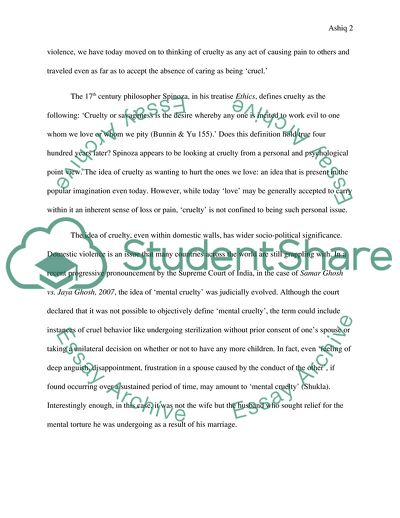Cite this document
(Defining Cruelty in the 21st Century Case Study, n.d.)
Defining Cruelty in the 21st Century Case Study. https://studentshare.org/philosophy/1785804-definition-of-argument-essay-on-george-orwells-a-hanging
Defining Cruelty in the 21st Century Case Study. https://studentshare.org/philosophy/1785804-definition-of-argument-essay-on-george-orwells-a-hanging
(Defining Cruelty in the 21st Century Case Study)
Defining Cruelty in the 21st Century Case Study. https://studentshare.org/philosophy/1785804-definition-of-argument-essay-on-george-orwells-a-hanging.
Defining Cruelty in the 21st Century Case Study. https://studentshare.org/philosophy/1785804-definition-of-argument-essay-on-george-orwells-a-hanging.
“Defining Cruelty in the 21st Century Case Study”. https://studentshare.org/philosophy/1785804-definition-of-argument-essay-on-george-orwells-a-hanging.


